Gravity’s not a thing
24 Aug 17 Dan Evans
Following a recent drone shoot at the jaw-dropping Furka Pass, Dan Evans takes a look at UAV technology past, present and future.
A few years ago we shot Discover Another Way, a short film for the South Downs National Park. The aim was to inspire people to leave their car at home and take the bus into this area of outstanding natural beauty on the South Coast of England. For the end shot, we wanted to closely track a child actor as he scrambled up a grassy hill, then soar up into the sky for a heroic sunset vista of the stunning Cuckmere Valley. Time to bring in a drone. I got in touch with Chris Wilkinson at Upper Cut Productions, and for myself at least this was a first – I had filmed from a helicopter, but never using a UAV.
Chris opened his car boot, to reveal an array of seemingly alien technology – it felt like I’d peered into the trunk in Repo Man. He quickly bolted together a large octocopter holding a hacked MoVI, which in turn was holding a Panasonic GH3 that could shoot HD video. I hadn’t quite anticipated the size and noise of the thing. Once the rotors were at full throttle, it was quite unnerving, but thankfully our actor – who was only five at the time – was surprisingly unphased. The biggest challenge was trying to calmly convince a steady stream of determined hikers to take alternative routes around the 50m obligatory safe radius from this aerial beast, as the daylight was fading fast.
Fast forward to Summer 2017 on a mountainside in Switzerland. We’re filming at the incredible Furka Pass – a scribble of switchbacks clinging to a terrifying slope of grass and rock.
This giddying landscape was made famous in 1963’s Goldfinger, as 007 chases a female agent in his Aston Martin DB5. In our case, we’re chasing a female cyclist with a DJI Inspire drone, shooting a piece for Barclays; Not quite as cool as a DB5, but more futuristic than anything Q might have rustled up for Sean Connery.
In the few years between my first and most recent drone shoots, drone technology for filmmaking has come on in leaps and bounds. The DJI Inspire is so much smaller, quieter, and the image quality infinitely sharper – carrying a Zenmuse X5 with interchangeable lenses and a 4K m4/3 sensor. OK, it’s not hauling an Alexa Mini or RED Weapon, but with its small form-factor, the DJI Inspire allows us to get really close to the action and not turn my hair grey over safety concerns on this insane road.
UAVs have been around since 1849, when Austria attacked the city of Venice with unmanned balloons filled with explosives – and then scuppered themselves when the wind changed direction. Quadcopters first took to the skies in 1922 with the Omnichen 2, invented by Etienne Omnichen, which could carry someone to over 1000 feet. Consumer quadcopters however didn’t appear until around 2010 with models such as the Parrot AR. Since then a drone revolution has taken place, reaching well beyond the world of filmmaking. It’s like the human race has universally began to defy gravity; We’ve seen a drone waiter in Singapore, and a drone prison escapee in South Carolina. Drones have become the norm for remote surveying and maintenance, and now it looks like the driverless Ehang 184 flying taxi (like a distant descendant of the Omnichen 2) is set to fill our skies. On the Ehang 184 official site the shots of Dubai are akin to Luc Besson’s cityscapes in The Fifth Element. And of course for some time, Amazon have been investigating the possibilities of a plausible door-to-door drone delivery service, and it’s given rise to some fairly out there patent applications from the tech giant. How about the huge flying warehouse, 45,000 feet up in the sky hanging from a zeppelin, with delivery drones gliding down from it, or the collapsable chute delivery system or ‘shroud’ that descends from a drone, allowing it to remain high in the sky, well away from potential collisions or mischievous hands.
Drones are now invaluable to search and rescue teams, and although they’ve had them for some time, we’ve seen a big surge in military use of UAVs – not just for surveillance. Kratos Defense and Security in San-Diego have just announced the XQ-222 Valkyrie, – a “fully functional unmanned jet fighter‘’ – and the US military have suggested they will be developing long range strike drones that launch from aircraft carriers.
It all bodes for a worrying Terminator-esque future of unmanned warfare, and there are some real concerns around terrorism. UK security think-tank Remote Control Project last year highlighted the dangers of unmanned flying vehicles carrying explosives, warning that “Drones are a game changer in the wrong hands.” On the other side of the Atlantic (as of August 2017), the Pentagon has allowed the military to “down” drones flying over or near US military bases amid fears of terrorism and espionage. It hasn’t helped matters that the internet is awash with enthusiasts showing users how to hack their drones’ flying restrictions. Russian group CopterSafe for example are selling hacks to disable DJI’s No Fly Zone feature as well as speed and altitude limitations.
And DJI have also come under fire in a commercial sense this month with the US military announcing that they will be ceasing the use of DJI products because of undisclosed ‘cyber-vulnerabilities’. It appears that DJI – based in Shenzhen, known as China’s Silicon Valley – have been harvesting detailed flight information and low resolution imagery from all flights that use DJI’s control apps. DJI quickly responded with an app update that allows users to turn off flight information sharing, but it’s apparent that collection of drone data poses genuine threats to national security.
Clearly, there will be many challenges ahead, but for the world of filmmaking it feels like we’re in the middle of some very exciting, game-changing technology. On our recent Swiss shoot, I was hoping to bolt our Canon C300 mkii and DJI Ronin MX, to a RigWheels Cloudmount from Promotion Hire to capture action close ups of the cyclist at ground level. It turns out that in Switzerland it’s fine to fly a drone (with the right permissions), but you’re legally not allowed to shoot with a car mount unless you’ve first closed off the entire road. This might be fine for the Top Gear section they recently filmed at Furka Pass, but a deal-breaker when you’ve only got five grand spending money an entire foreign shoot. The best option for us was to see how creative we could get shooting almost everything on the DJI Inspire, and actually it worked very well. Whether for the sweeping mountain vistas that you would normally associate with a drone image, or fast, low down, shallow depth of field car-mount type angles, the Inspire’s small form factor and interchangeable fast lenses were able to handle it all beautifully – with some expert flying of course from John Layden at Drone Alps.
It got me thinking about where drone technology might take us over the next few years. In a world where gravity is no longer an obstacle, electronic stabilisation seems to defy the laws of physics, and progressive miniaturisation of tech is a given, I can envisage a future where every camera can fly. I don’t mean that everything will look like the splurge of aerial footage that’s plastered all over Vimeo, YouTube… and DJI servers in China. I’m talking about a radical new approach to traditional camera grip – eradicating the need for dollies, motion control arms, steadicams, cranes, sliders etc. – and this is beginning to happen already. This year, Paul Trillo’s brilliant short At The end Of The Cul-de-sac was shot entirely on the DJI Inspire One with X5 camera (the same as our Swiss shoot), and in the consumer world, products like the tiny hand gesture-controlled DJI Spark – essentially a £500 pimped selfie-stick – are changing the way we think about drone imagery.
So in a few years time, might we be filming with the RED Mosquito perhaps? Yes, I made that one up, but allow me to roll with it. I’m imagining 32K recording, 1000 fps, full-frame sensor, silent rotor system, 1”x1” form factor, and piloted by a RED Hydrogen Smartphone that self-learns with AI. Well I guess I can only dream, but if you follow the logical progression of technology, you just never know – my dream may not fall too far from the truth; alongside flying warehouses of course.
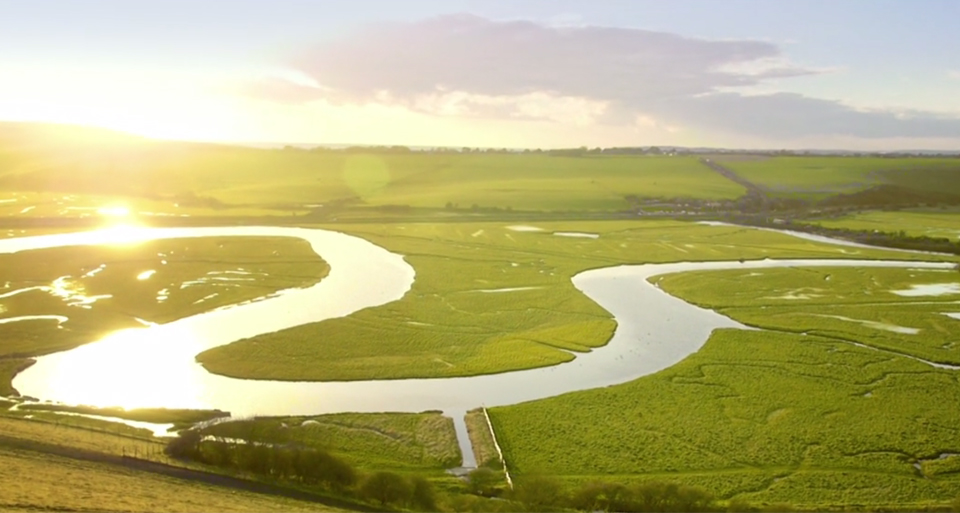
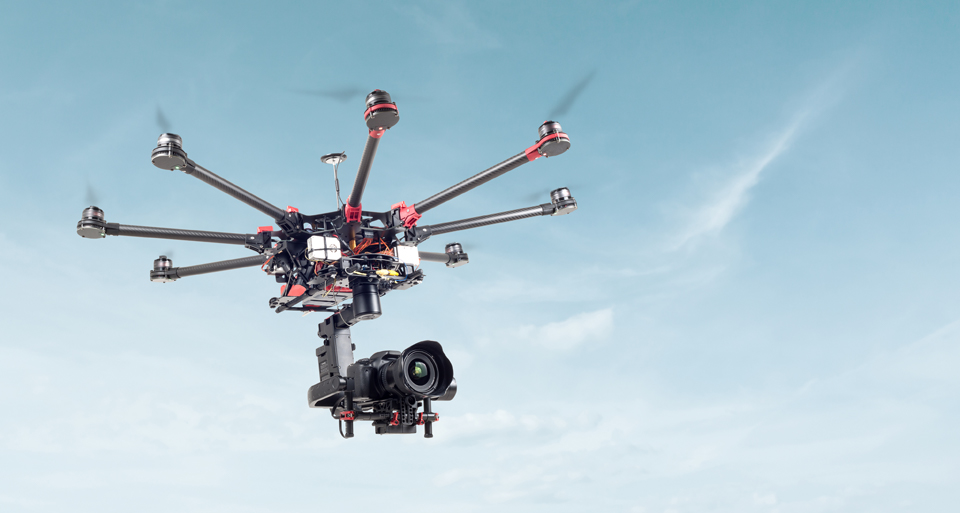
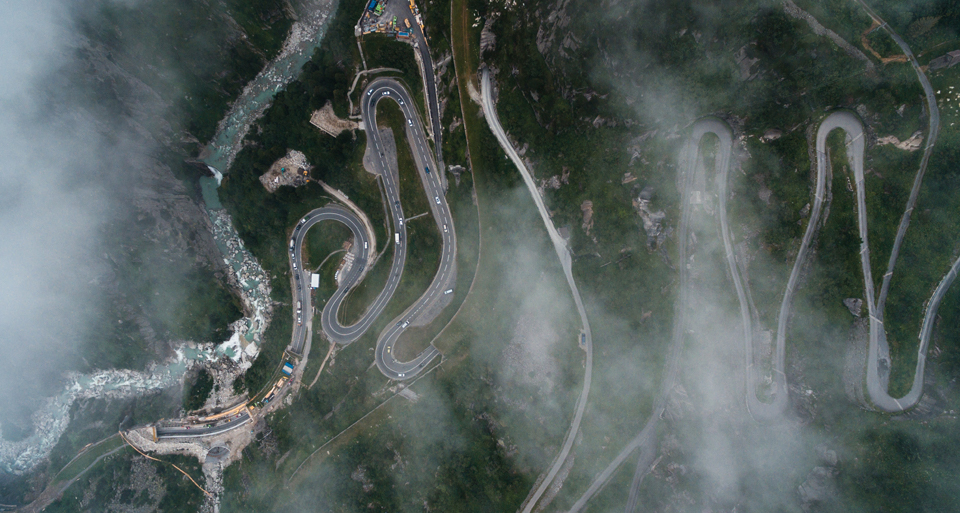
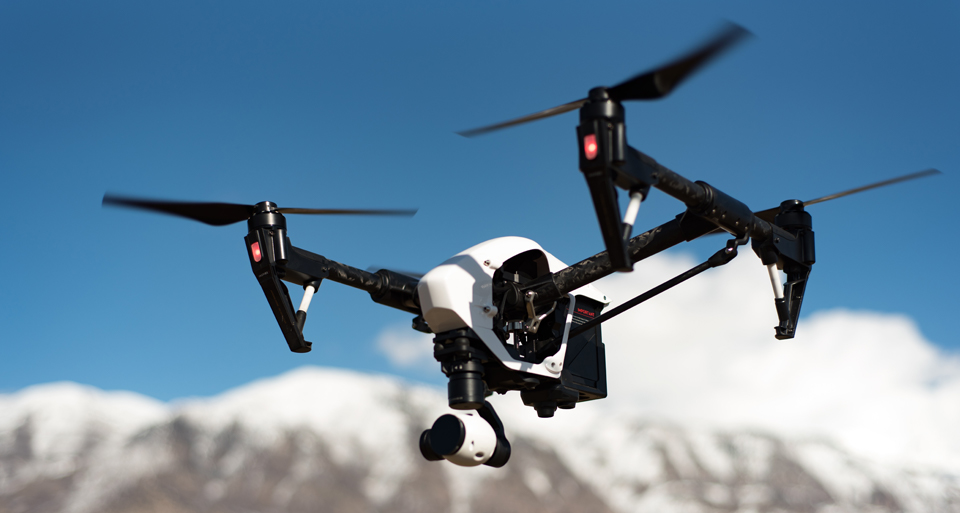

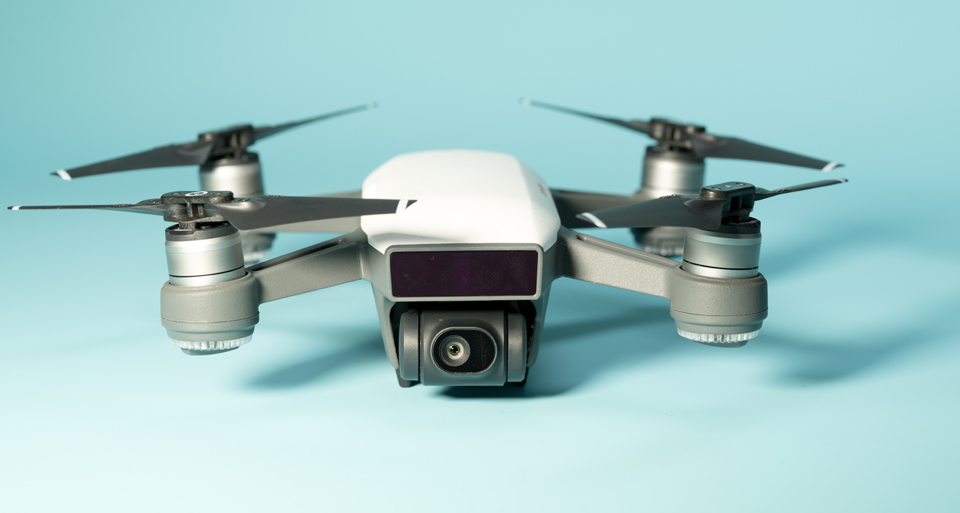
SHARE: